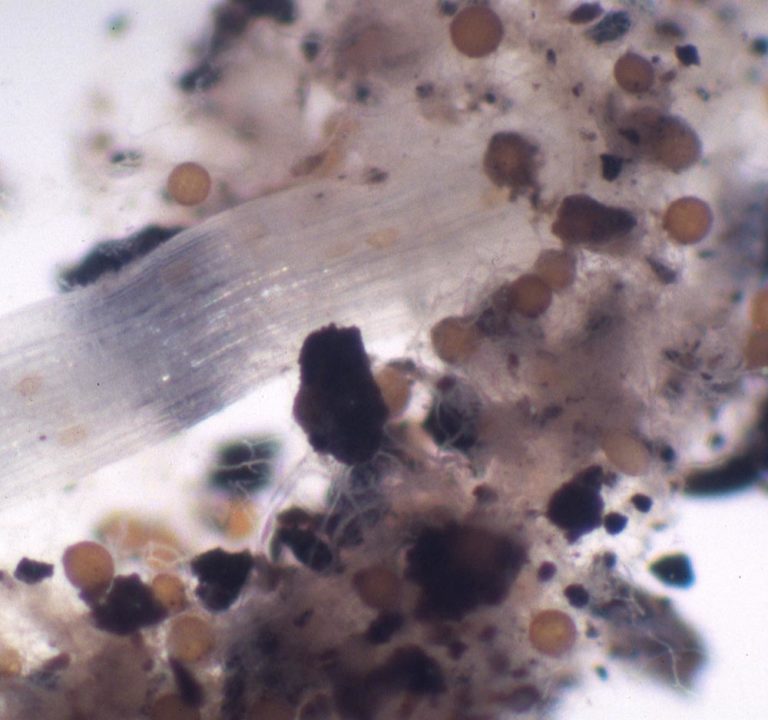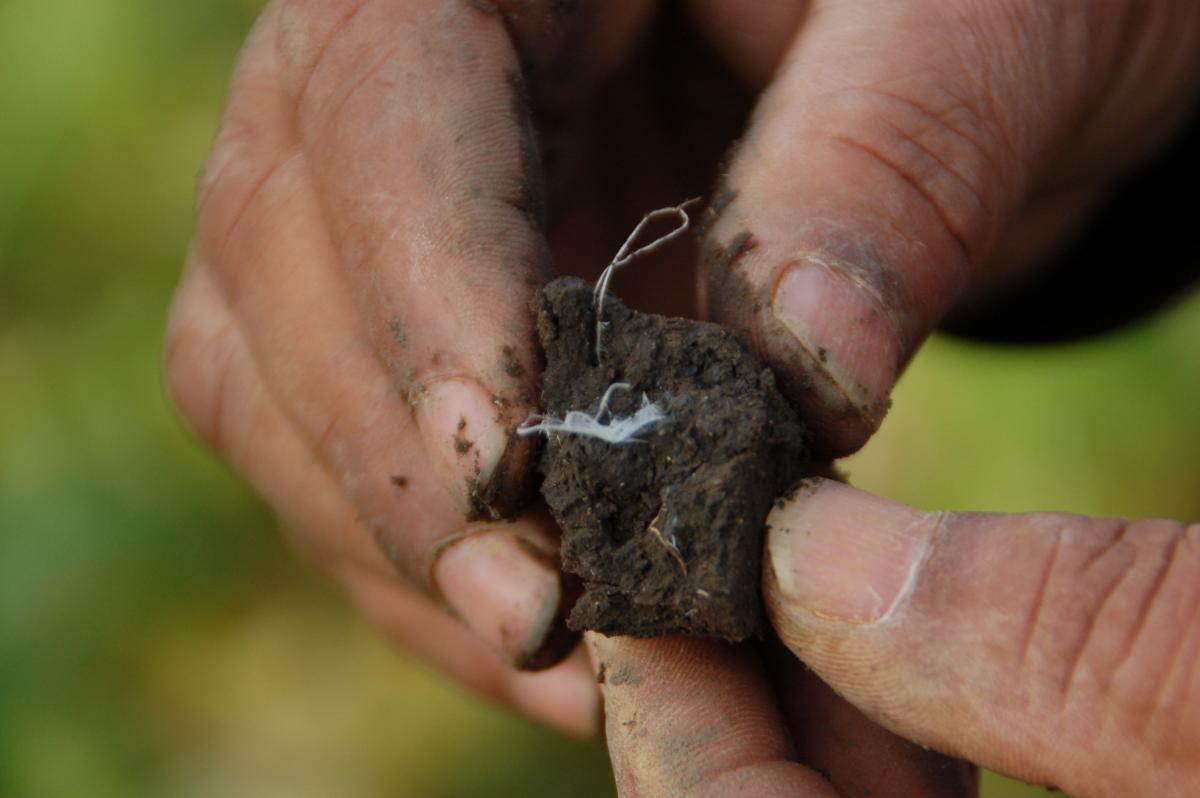Published February 4, 2019 | By Mike Petersen
Frequently you are hearing and reading about Soil Health and Cover Cropping Systems are the big part of how farmers will improve sustainability, yield and crop production. Now folks, the two of those titles are not synonymous – that is they are not equal to one another. They are different yet the two can work together. Where am I going? Strip tillage has been found to aid in better macroaggregate development. As macroaggregates function within the soils it is been studied that is the environment where Nitrogen (N) has the greatest amount of turnover and availability to the plant root system (Long-term effects of nitrogen fertilization on aggregation and localization of carbon, nitrogen and microbial activities in soil; YidongWang et al., Science of the Total Environment 624 (2018) 1131–1139, Elsevier Publications).
What did I just say? As with what we at Orthman Manufacturing like to promote – strip till, when farmers employ, we can aid the process of organic carbon substances accumulate and develop durable macroaggregates (those particles of soil >2mm in size). These aggregates can withstand rainfall impact better with these organic compounds coating, lying on the surfaces of the macroaggregates. Fungi interlacing on the aggregates and between other aggregates, glue-like polysaccharides, proteins, fatty acids that come from mycorrhizal growth, certain bacteria dying and releasing substrates that can aid adhering and bonding of soil particles together. The roots grow along, around and through the macroaggregates accessing accessible nutrients in a readily available form to feed the growing plants.
Image #1: In this image one can see the webbing around an alive root. Looks like cotton in a fashion. This is a web of mycorrhizae hyphae surrounding the root of an oat plant.
Both the root and the fungal hyphae leak substances similar to what we could call “organic glues” onto the face of the soil ped and macroaggregates. Loaded with carbonaceous materials there is also other ions attached such as N, P, K, S, Mn, Zn, Fe, B etc not held tightly by the electrical bonds within the carbon products – thusly available to the roots. These glues not only release good nutrients but they hold soils together which can also hold onto water, allow it to pass through easier and allow soils be oxygenated. All of that promotes healthy soils, hold and release water, maintain soils from any severe mechanical breakdown of soil structure and allow soils to be more healthy.
With strip till we are one time and done prior to planting. Greatly minimizing soil turnover, sliding, slipping, crushing, tearing and exploding soils with the strip till approach; we allow the process of soil biology work. With conventional full-width tillage there can be 3 to 7 operations in the upper segment of the soil profile before a seed is placed or nutrients are placed before the proceeding crop grows. Each harsh tillage operation or trip to crush the soil down to the smallest size deteriorates the soil aggregates. Yes microaggregates are part of the soil medium, they can accumulate nutrients yet they are released very slowly.
Scientists in my profession, soil science, are understanding better with electron microscopes how larger soil aggregates are big-time contributors to the ‘health’ of the soil. Much of the discussion of soil health has only to do with biological factors, those being how do we get more living roots to grow for longer periods of time in the 365 day season. Yes this is important. I wanted you to see the value of the soil physical realm and what these microscopic filaments do to enhance soil aggregates and their ability to remain stable.
Image #2: Tight web of fungal hyphae holding soil particles and spores. Dark specks are soil aggregates, yellowish round spheres are fungal spores. Transluscent left-to-right strand is a root. Courtesy: Cornell Univ., T.E. Pawlowska
has only to do with biological factors, those being how do we get more living roots to grow for longer periods of time in the 365 day season. Yes this is important. I wanted you to see the value of the soil physical realm and what these microscopic filaments do to enhance soil aggregates and their ability to remain stable.
With Strip-Till we gain larger, more robust root systems in the till zone which contributes to more prolific mycorrhizal growth and associations. It all ties together for the improvement of your soils to produce and remain viable long into the future.
by: Michael Petersen, Orthman Soil Scientist

